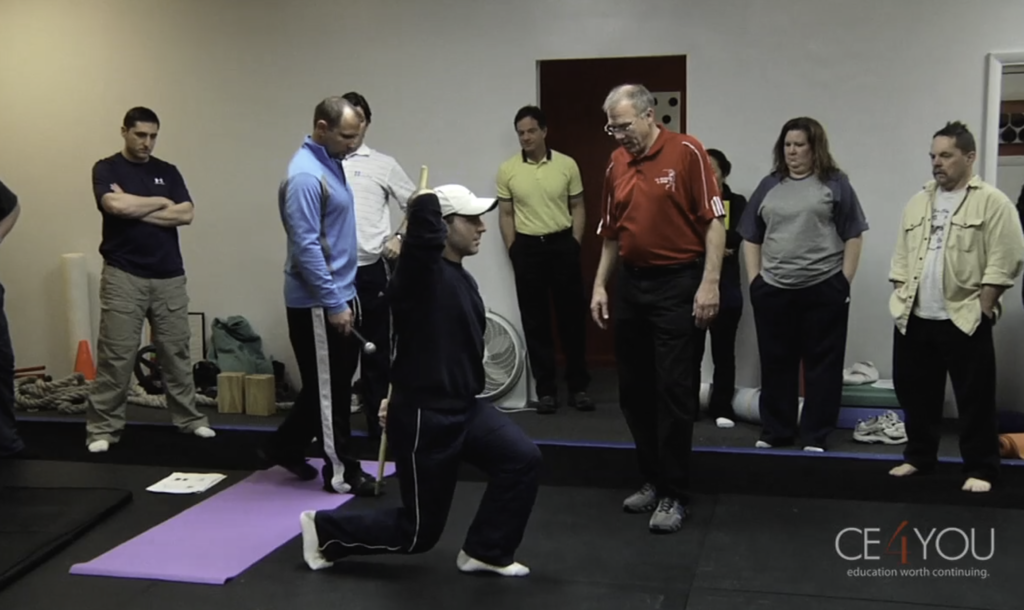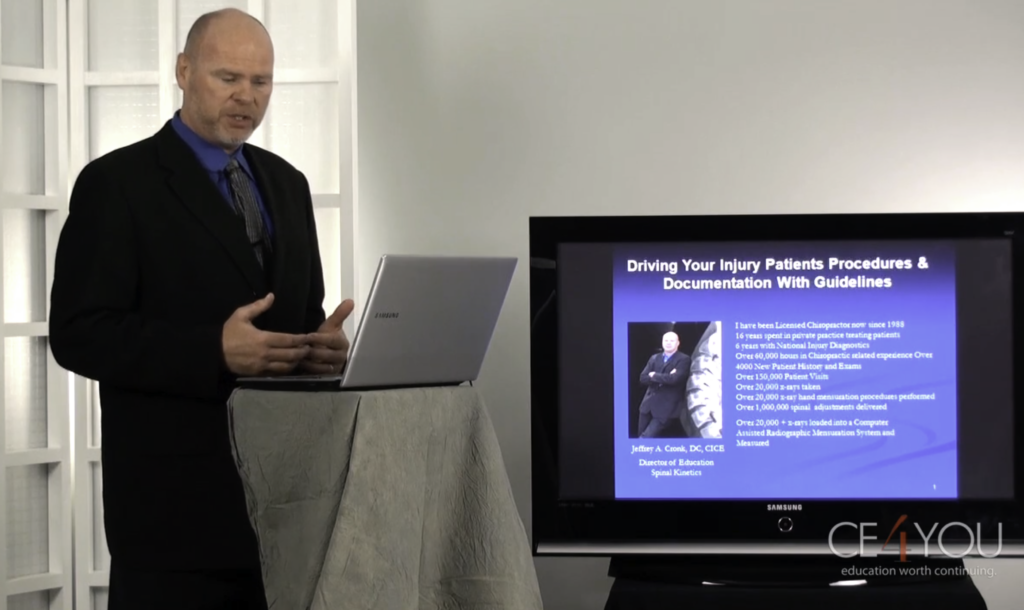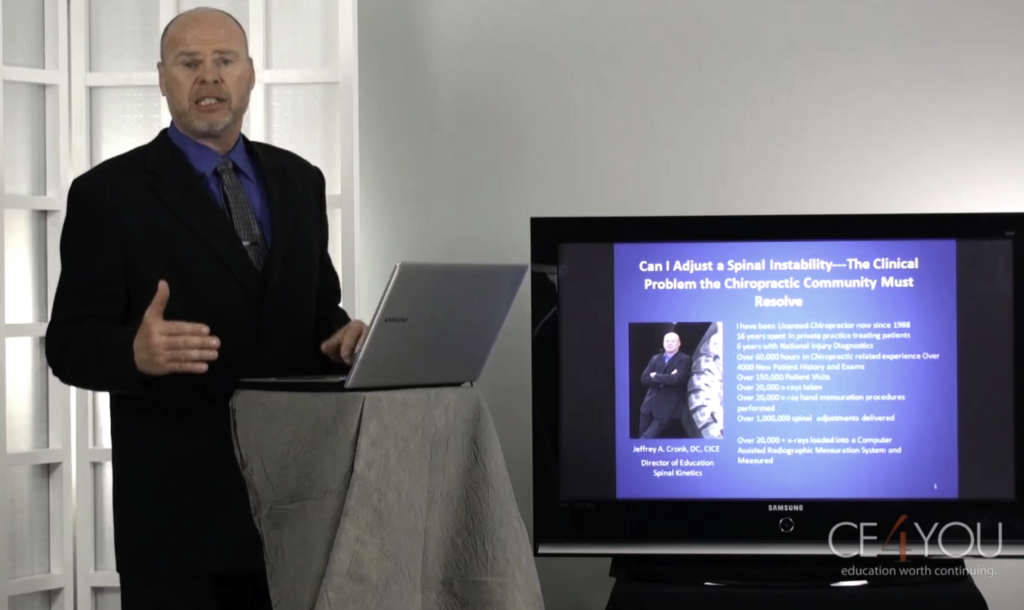Rehabilitation of the Athlete, Hour 7 of 10, Lower Kinetic Chain and Respiration
This hour is one of a ten-hour live workshop. In this hour, Dr. Liebenson teaches how to assess respiration and the lower kinetic chain allowing the clinician to grade fundamental movements and eventually correct specific functional abnormalities. In addition, this hour covers the Magnificent Seven Functional Screen Assessment, factors that contribute to injury, various exercises; […]
Rehabilitation of the Athlete, Hour 7 of 10, Lower Kinetic Chain and Respiration Read More »











